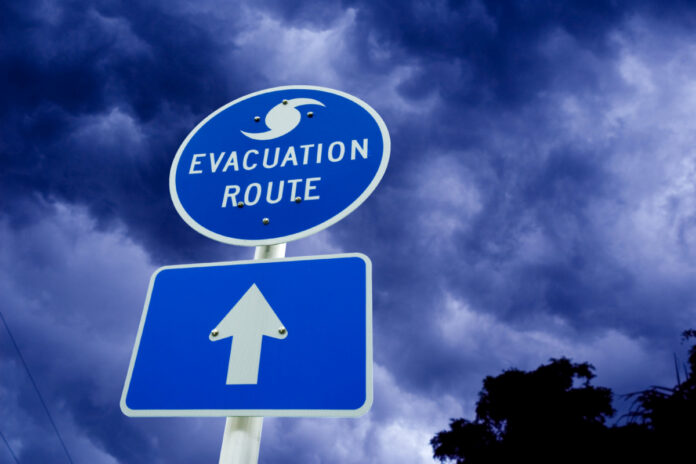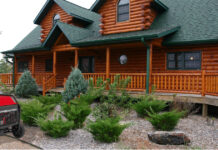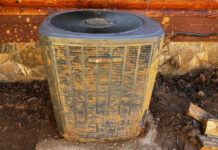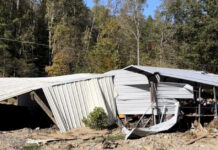Whether you’re preparing for an earthquake, a hurricane, a blizzard, civil unrest, economic disruption, or a nuclear attack, a meteor strike, an EMP, or a solar flare, a common denominator to these and many other disasters and emergencies is a power outage.
Power is our societies Achilles heel, the beginning of the end, and that which separates us from how or ancestors lived 150 and more years ago. When we lose power, there is a cascade in which we go from losing lighting, refrigeration, and HVAC, to communications, utilities, food prep, and many of the day-to-day actions of we take without thinking in our modern lives.
Without power, we can’t use credit cards, pump gas, purchase food and goods, operate medical equipment, etc. Water systems will fail, both for individual who use wells and (eventually) for municipalities that rely on large pumps to keep up pressure or to refill water tanks. Food storage and prep is also an early casualty as temperatures in freezers and fridges rise and electric ovens and cook tops don’t work. Transportation will quickly be disrupted because there will be no traffic lights, no communications, no electronic bills of lading, and no way to pump fuel. Commerce will grind to a halt because customers cannot checkout, use a credit card, or order anything online.
Cell towers, cable, routers, WiFi, and satellite TV receivers will go down. Many cell towers and even some cable companies have diesel generators co-located on the tower property, so cellular communications may last 24 or more hours, but the place where that thick bundle of cables from the tower terminates must also have power so call are routed correctly. In a long enough outage, eventually, only battery-powered radios will provide communications. Plain old telephones (land lines) may still work, assuming your phone does not require power.
Long Term Outages
A TEOTWAWKI disaster like an EMP attack or a meteor strike is likely to result in long-term power outages that individuals cannot adequately prepare for unless they have a solar system, wind power, hydro power, or other alternative energy system in place.
But the shorter, multi-day disaster can be addressed by prepper families and small groups. The simple answer is to buy a generator.
The objective of using a generator is not to replace our full grid supplied power, but to power most of the necessary devices we use every day, like the well pump, our fridge, the freezer, and maybe the microwave or coffee pot. In this situation, we may need to rough it a little bit, which may mean no hot water, no HVAC, and no baking in an electric oven.
Generator Options
The Whole-House Generator
I do not recommend whole-house generators unless you have a medical condition that requires powered medical equipment or live somewhere so hot that air conditioning s a full-time requirement. Running a whole-house generator is overkill because you probably don’t need all that power 24-7 it’s wasteful, expensive, consumes limited fuel, and it wears out your equipment.
Now you might argue that the natural gas pipeline supplying your house provides unlimited fuel, but that’s only true as long as the system is being supplied and pressurized, and there’s no guarantee of that being the case in a TEOTWAWKI situation.
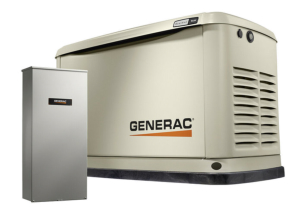
If you have a whole-house generator, my advice is to run it a few hours in the morning and a few hours at night. This is certainly the case if it is powered by a propane tank if there is no certainty that your propane supply will be refilled.
Portable Generators
These are usually provide 3,000 to 7,500 or more watts and include both 110 and 240 power plugs. They can be powered by gasoline or propane, and in some cases both. This generator should be large enough to provide limited lighting, power your refrigerator and a separate freezer, power your well pump (if you have one) and run a few small appliances (although maybe not all at once).
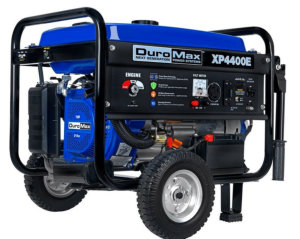
These will be most efficient when they are not under a full load, so buy a little bigger than you think you will need. And (this should be obvious) buy it will before a disaster strikes.
Again, do not run your generator 24-hours a day, but just do so a few hours in the morning and a few hours at night. (See below for more details on why.)
Small Generators
These are often used by contractors or do-it-yourselfers to provide current to power tools and battery chargers on a remote job site. They are cheaper, quieter and consume less fuel than larger units, but have limited utility. However, one can power a kitchen fridge, a few lights, and allow you to charge up your battery-powered devices, like phones, tablets, laptops, flashlights, tools, etc.
Our Choice
We recommend having a medium-sized portable generator at a minimum. Keeping a smaller one as a back-up or for use when you need power for just a few minutes or in a remote location, is also a good idea.

